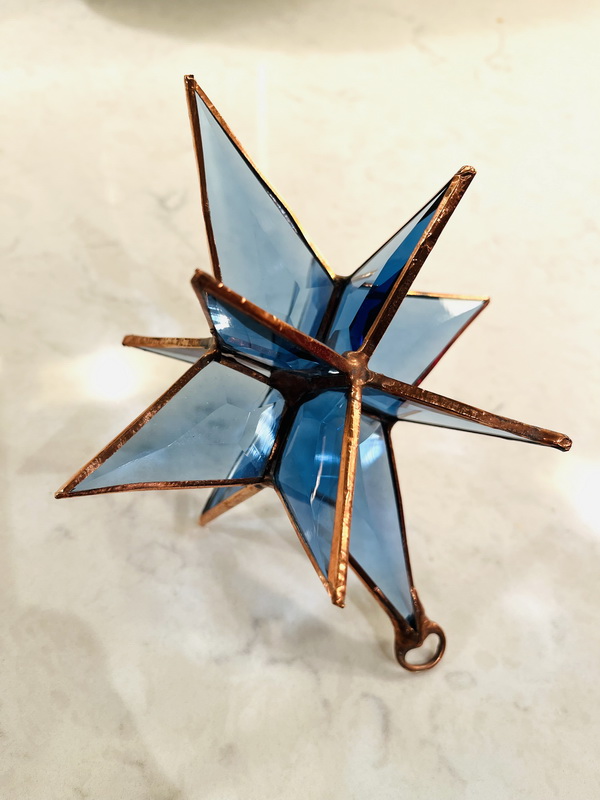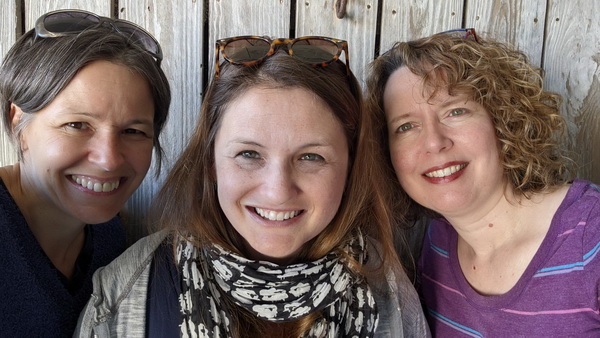Editor’s Notebook: On Going Old School
June 2024
One thing we always knew we wanted at Waterwheel Review: blind submissions. To come to the page with no preconceived notions about what we might find in a submission is like unwrapping a present from a secret Santa. What joy when Santa guesses right!
We have loved putting our magazine together this way. In particular we’ve all enjoyed the shock of recognition when, every once in a while, we accept a piece and the submitter’s name is then revealed… to be an acquaintance or friend. It’s so satisfying to publish a friend knowing your affection had nothing to do with the acceptance.
Let the record show that we did finally choose to spend a little of that literary world “who you know” capital. Just this once, we did away with blind submissions. Each of our three Issue 36 authors kindly offered us work for this final installment of Season 4.
Nancy Huggett, Annaliese Jakimides, and Richard Jackson are publishing with us for the second time. Many thanks to all for honoring us again with such beautiful work.
—Claire Guyton




